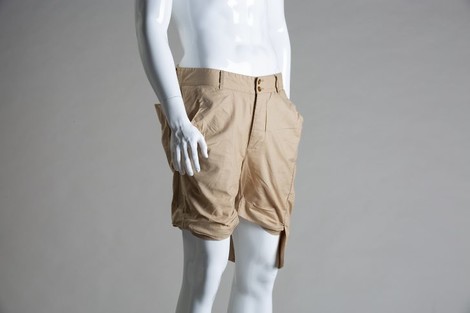Your podcast discovery platform
Curious minds select the most fascinating podcasts from around the world. Discover hand-piqd audio recommendations on your favorite topics.

piqer for: Health and Sanity Global finds
I was born in 1987 in Bucharest. I studied Psychology and Educational Sciences at the University of Bucharest. For two years I worked in a psychotherapy practice, dealing with gambling addicts. I'm an independent reporter, writing and doing video reportages mostly about social and political issues. I am currently based in Jena.
What Pockets Can Tell Us About Status And Gender
Articles of interest is a six-part series within the 99% Invisible podcast looking at clothing and the ideas of status and gender we show through it. In this episode, we find out about pockets and their metamorphosis throughout history. The premise is that “when we talk about pockets, we are talking about who has access to the tools they need. Who can walk through the world comfortably and securely.”
Back in the Medieval era, pockets were worn by both men and women, just not on their clothes, but around their waists. Women wore large bulges under their dresses where they could store food to eat later, sewing implements and other useful things. Around the 17th century, pockets started being incorporated into clothes, and they were seen as something valuable and intimate, almost like lingerie.
Things changed after the French Revolution, when the fashion trend moved from the excessive fluffy dresses to more body-enveloping, Jane Austen-style ones. There was no more space for pockets on their clothes, so women began wearing these little purses, called reticules. A battle started between “pocketists” and “anti-pocketists”, about which the press of the time reported in detail. They wrote that pockets are for housewives, who need to carry around needles and threads and food; the reticules, on the other hand, were for independent women, who went dancing and gambling.
“In the 19th century, fashion magazines were saying it was a liberating thing for women to not have pockets. To be free from tasks. Reticules, which hardly held anything, were kind of like long nails that don’t let you use your hands, or stiletto heels that don’t let you walk far. There’s that luxury in not moving much or doing much, and just looking really good. And it’s always been an ongoing debate if that is empowering or not.”
Stay up to date – with a newsletter from your channel on Health and Sanity.
